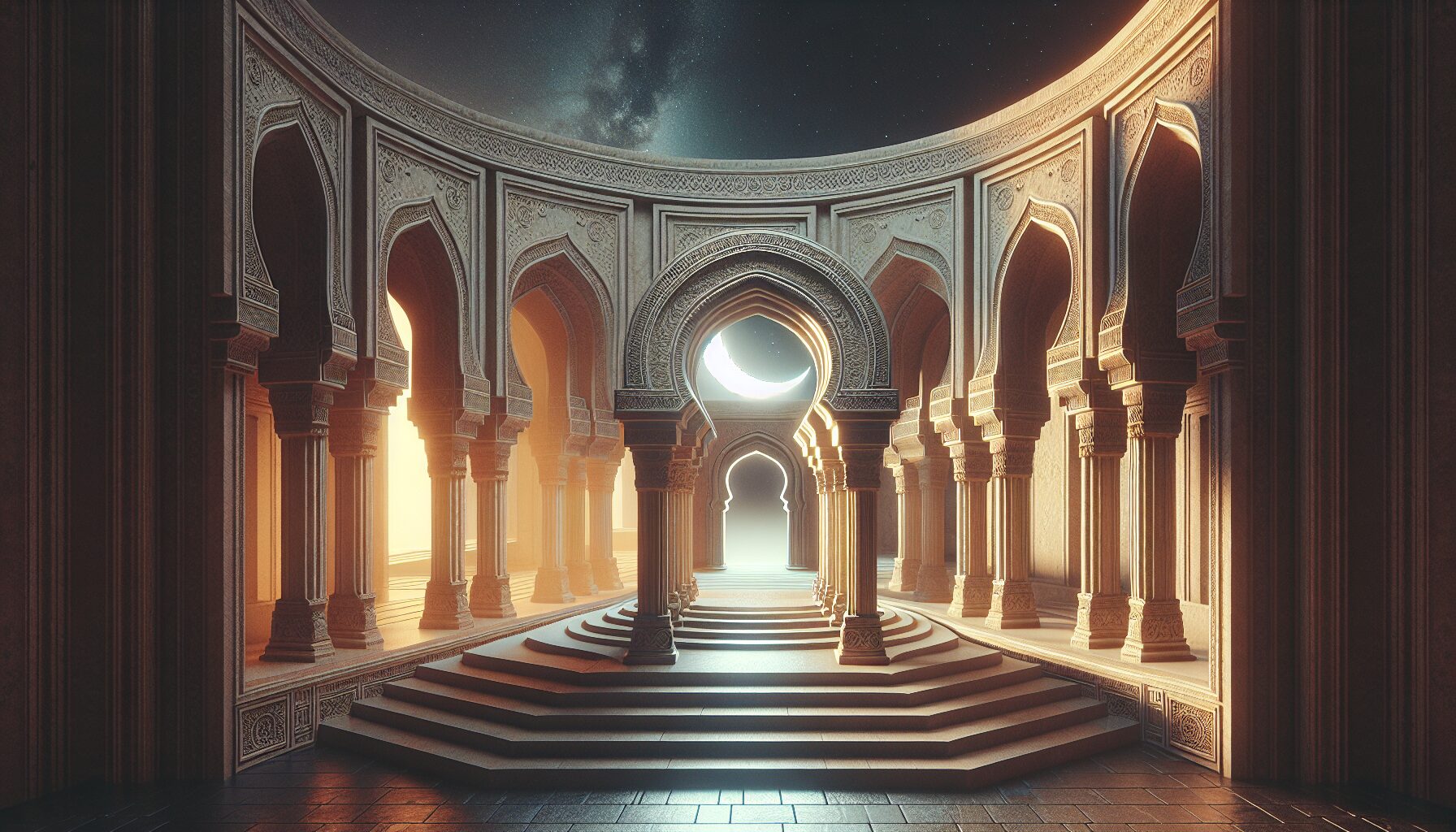Tombs as Portals: Architecture for the Dead
The concept of the tomb as more than just a resting place for the dead has been a subject of fascination across cultures and eras. Viewed as portals to other realms, tombs encompass architectural and artistic genius, reflecting beliefs about life, death, and the possibility of an afterlife. This article explores how tombs serve not merely as monuments but as metaphysical gateways connecting the earthly and the divine.
The Genesis of Tombs as Portals
From the earliest civilizations, tombs were conceived as gateways to the afterlife. In ancient Egypt, the construction of tombs was a complex procedure, laden with religious symbolism and ritual. Pharaohs viewed their tombs, particularly the pyramids, as vehicles that would carry their spirits to the heavens. As noted by Egyptologist Zahi Hawass, “The pyramid was a resurrection machine, a way to reach the afterlife by ascending the sun’s beams.” (National Geographic)
Similarly, the Chinese emperors of the Han Dynasty considered their tombs as replicas of their earthly palaces. The famous Terracotta Army, guarding the tomb of the first Emperor of China, Qin Shi Huang, is a testament to the belief that the next life mirrored earthly life. These structures were not merely graves but were meant to ensure protection and continuity in the beyond.
Architectural Designs and Their Symbolism
- Pyramids and Ziggurats: The step design of ziggurats and the geometrical perfection of pyramids were intended to bridge earth and sky, facilitating the ascension of the soul.
- Mausoleums: These grand structures often include elaborate entrances meant to signify portals. The Taj Mahal, apart from its undeniable beauty, is aligned with cosmic and astronomical principles, conceptualizing both an earthly and a celestial connection.
- Rock-cut tombs: In India, the Ajanta and Ellora caves combine spiritual narrative and architecture, offering a passage through mural depictions of spiritual journeys.
Tombs in Myth and Legend
Throughout history, the stories surrounding monumental tombs have added layers to their role as portals. In Mesoamerican culture, the tomb of King Pakal in Palenque is often associated with the imagery of rebirth, his sarcophagus lid depicting the king’s journey to the underworld.
In European lore, the discovery of tutankhamun’s tomb inspired legends of a “curse” meant to protect the pharaoh’s portal to the hereafter. The Gothic tradition in the West added a macabre romanticism to crypts and catacombs, reinforcing the idea of tombs as junctions between worlds.
Innovations in Modern Tomb Design
Contemporary architects continue to reimagine tombs as modern-day portals, fusing technology with ancient ideologies. Noteworthy are projects envisioned by architects who integrate ecology and spirituality in their designs.
- The Memorial Necrópole Ecumênica: Located in Brazil, this vertical cemetery challenges the traditional notion, using space efficiently while maintaining a sacred ambiance.
- The “Sky Burial” concept: Drawing inspiration from Tibetan practices, this environmentally conscious design proposes transforming bodily remains into plant-nourishing elements, symbolizing life-uber-death.
Impact on Art and Culture
The representation of tombs in art and literature frequently alludes to their transformative nature. Shakespeare’s references to tombs in plays like Hamlet often underscore the cryptic and mystic journey associated with death. In contemporary cinema, films such as Indiana Jones and The Mummy perpetuate the archetype of the tomb as a mystical gateway.
Additionally, visual artists over the centuries have embraced this portal theme, capturing the voyage from life to eternity in their work. For example, Salvador Dalí’s paintings often explore themes of mortality and eternity, invoking the symbolic architecture of tombs.
Conclusion
Tombs as portals provide an enduring narrative that bridges the tangible and the spiritual, embodying humanity’s quest for understanding life and the afterlife. They stand as remarkable testaments to cultural beliefs, artistic expression, and architectural innovation. Celebrating this intersection of art, culture, and spirituality not only enhances our understanding of history but also our aspirations for the future.
“Death is a mystery, and burial is a secret.” – Stephen King
As we advance, the profound respect and awe for tombs continue to evoke conversations about existence and legacy, urging us to ponder our place in the continuum of life and beyond.

Comments